Thank you for getting social about animal agriculture! Share any of the following graphics to your social media pages!
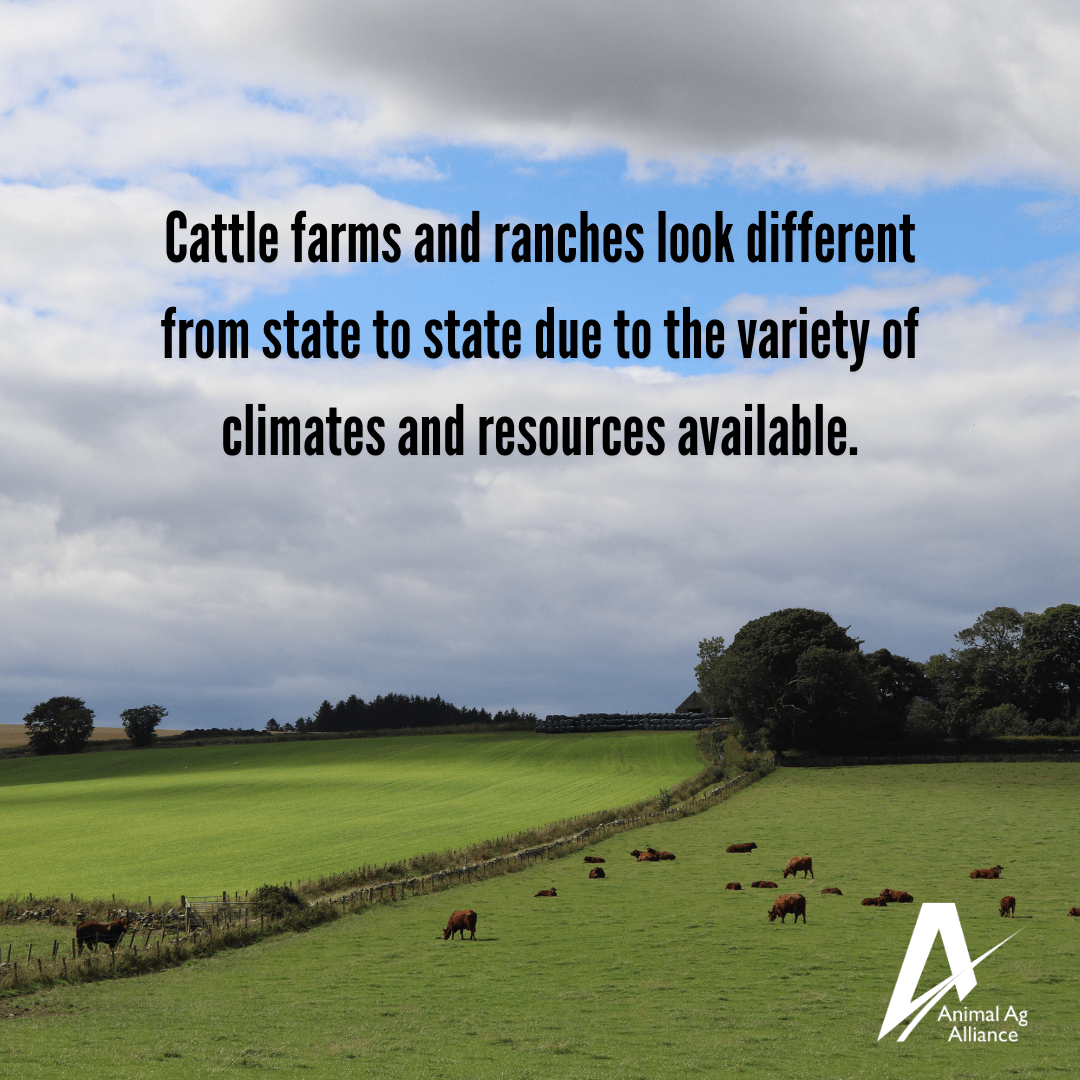
Farmers and ranchers must adapt to the versatility of different geographic areas to raise beef sustainably across the globe! bit.ly/3tJOpga
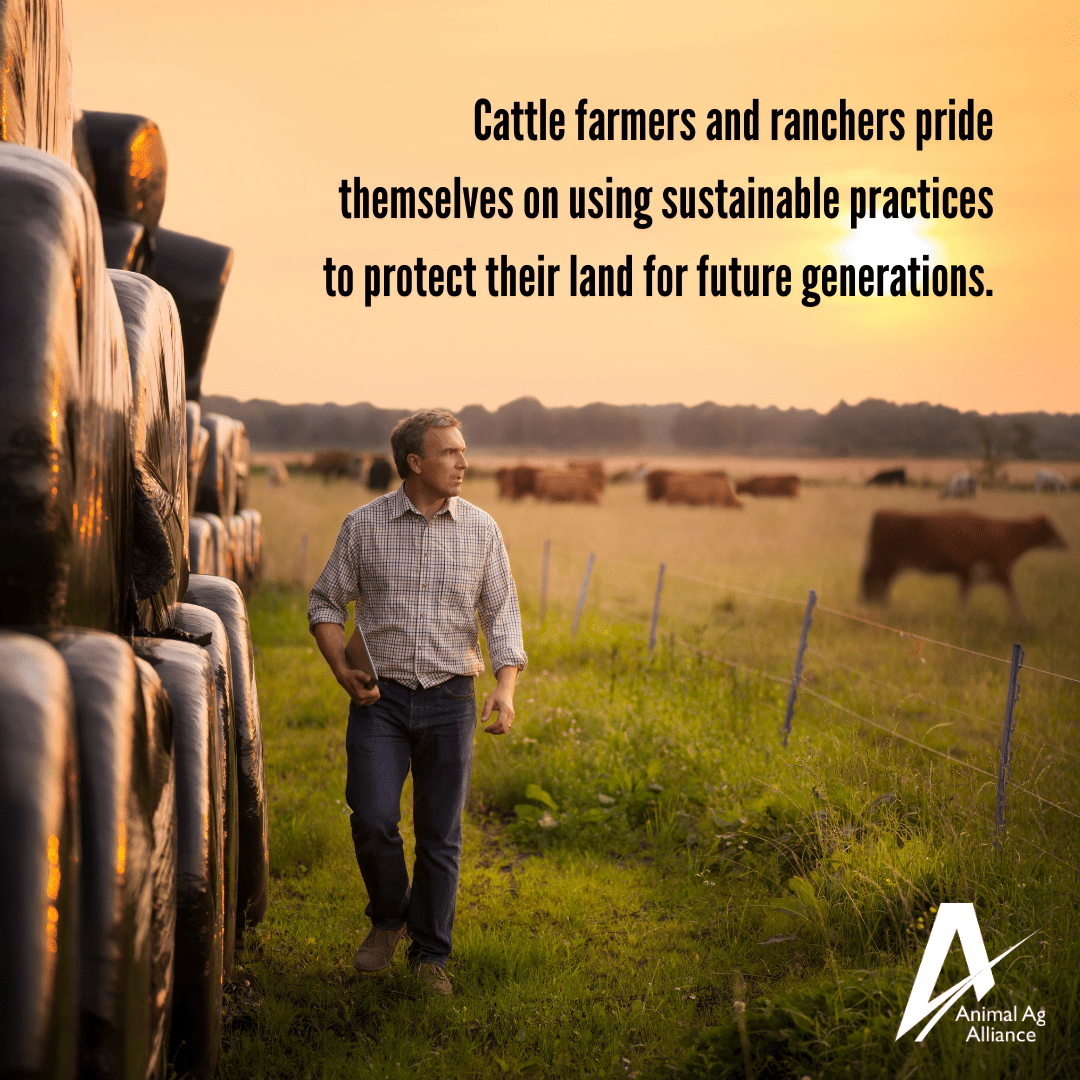
Many cattle farms and ranches have been passed down, and 78% of cattle farmers and ranchers plan to pass their farm down to the next generation! https://bit.ly/3tJOpga
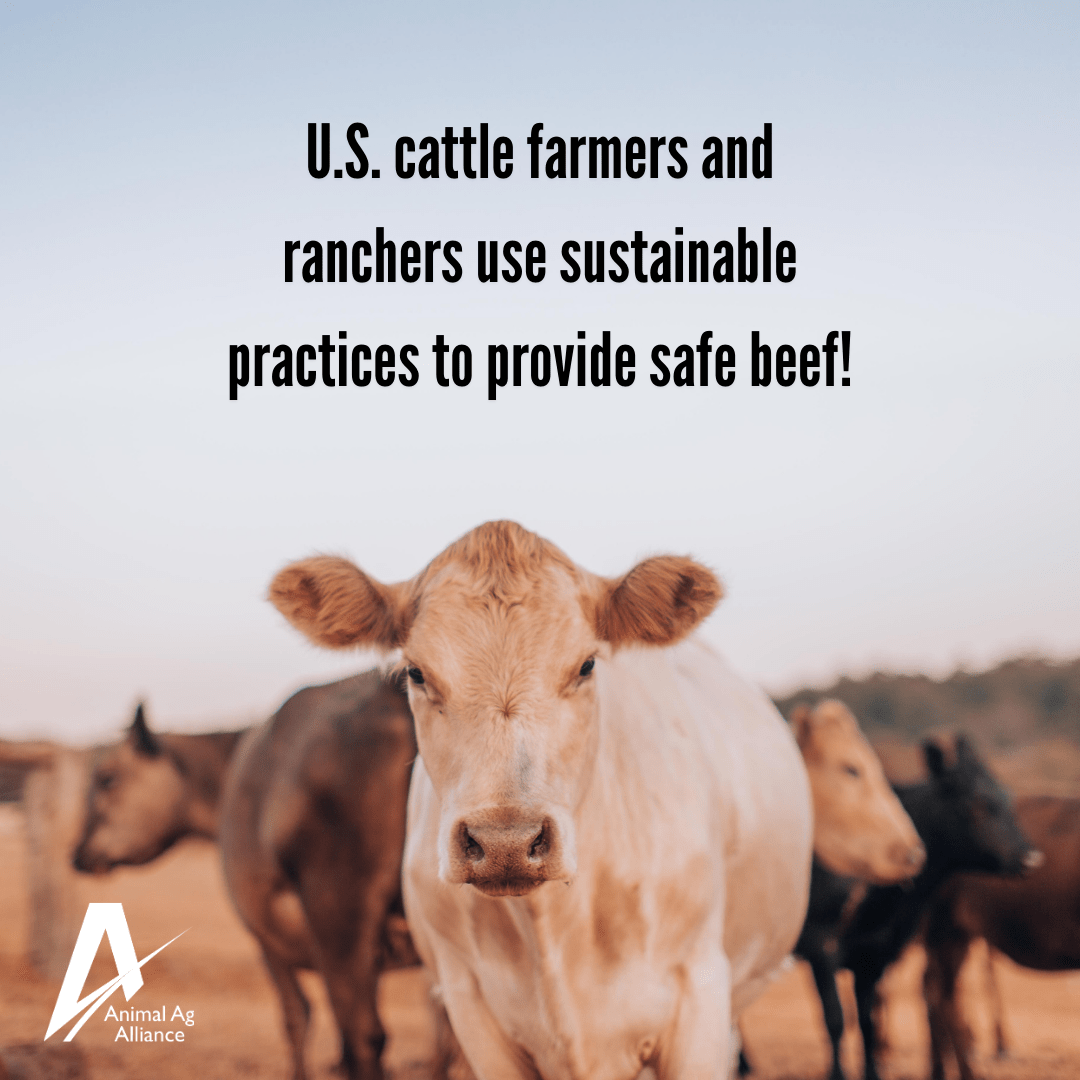
Cattle farmers and ranchers eat the same beef as their customers and agree food safety is a key priority. https://bit.ly/3tJOpga
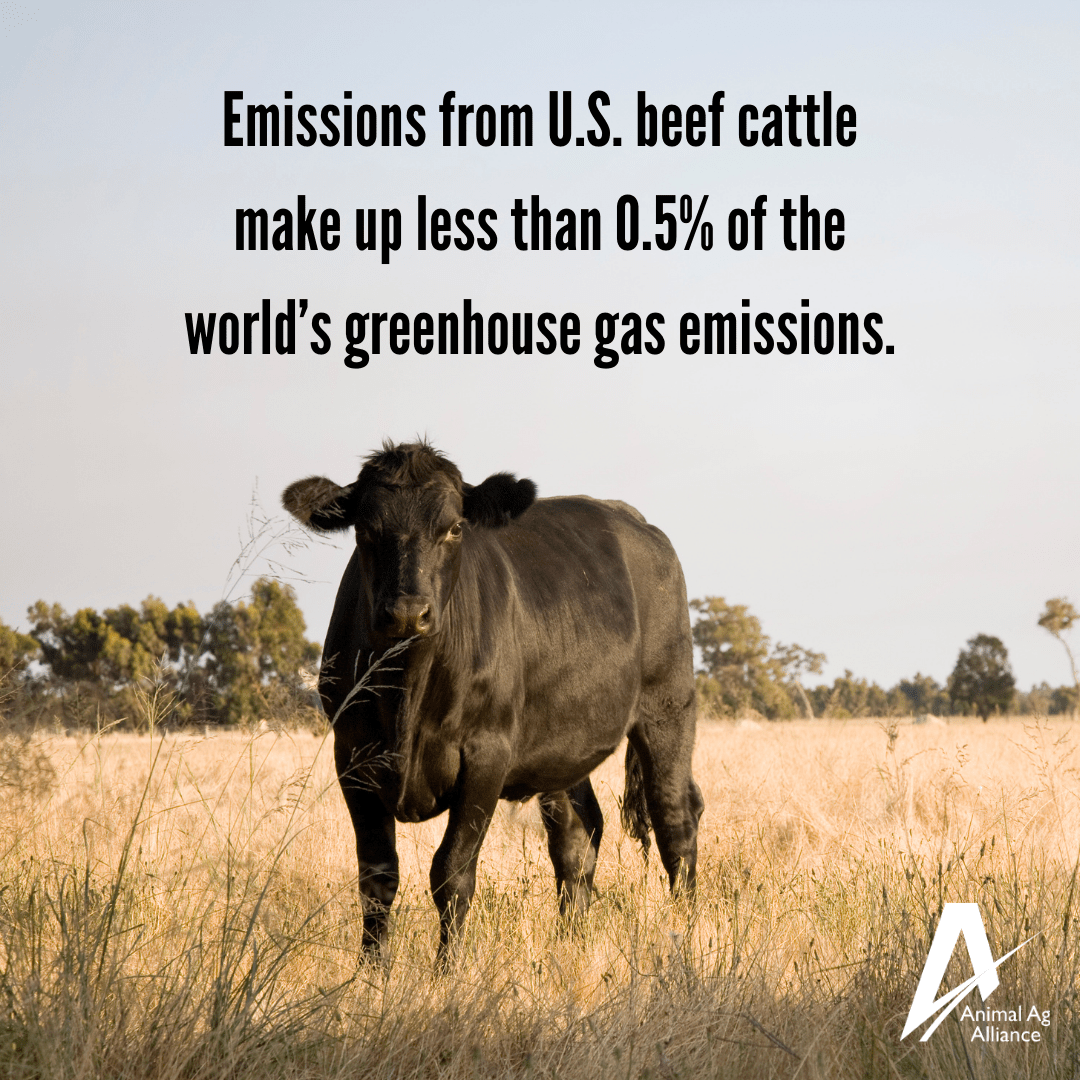
The U.S. beef community is a global leader in sustainability initiatives! https://bit.ly/3FrnIiQ
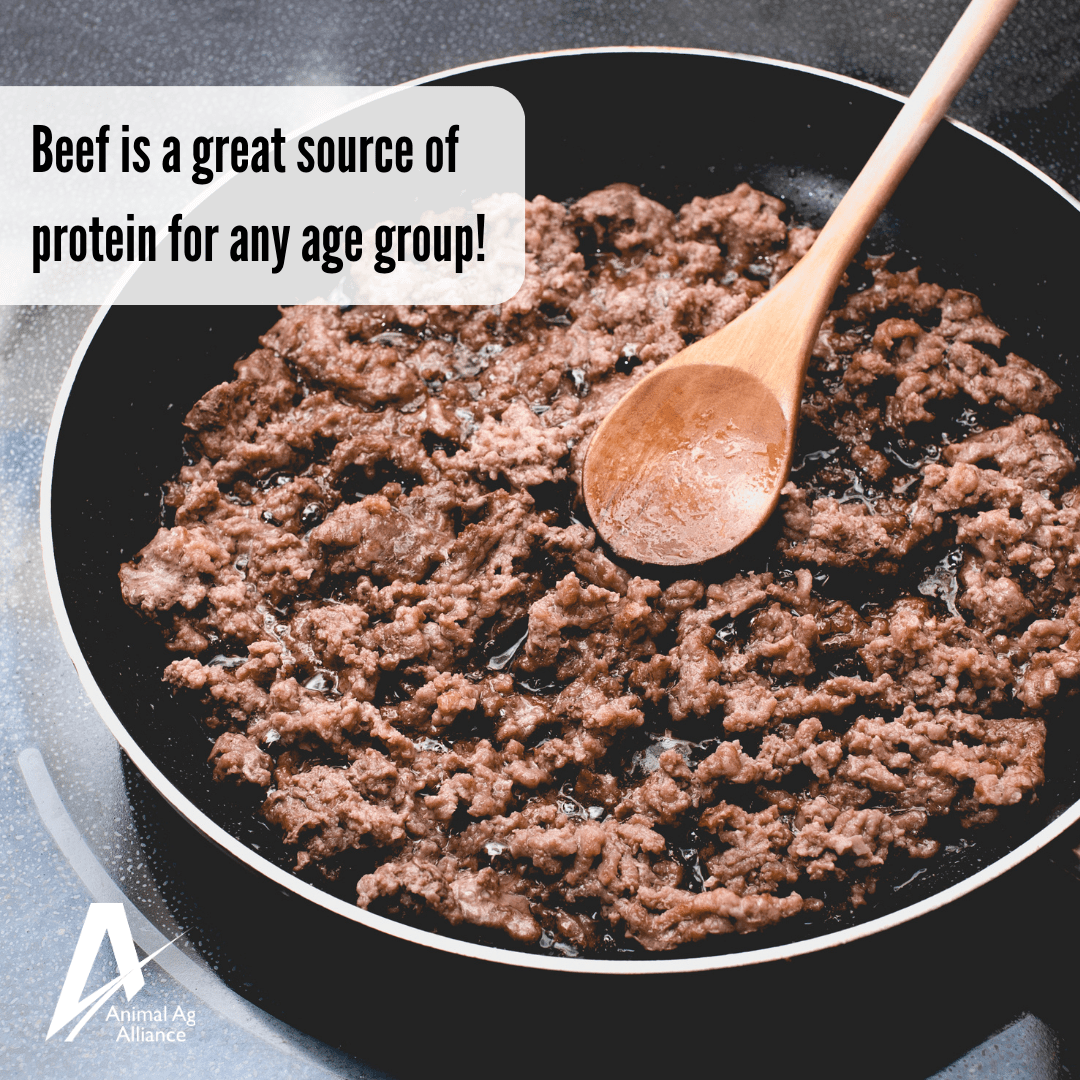
Leading authorities (like World Health Organization (WHO)American Academy of Pediatrics) says early inclusion of meat in an infant’s diet – around 6 months of age – to protect against zinc and iron deficiencies. bit.ly/3tJOpga
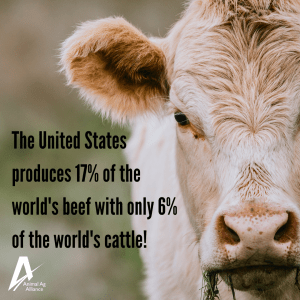
As a result of scientific advancements in beef cattle genetics, nutrition, production practices, and biotechnologies, the U.S. is a global leader in beef production efficiency. Talk about sustainability! http://bit.ly/2RQ89Kh
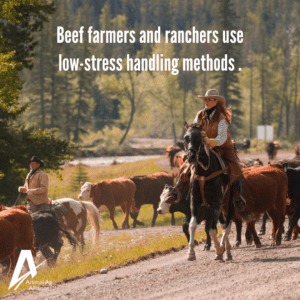
The beef community uses low stress animal handling to keep animals comfortable and happy. These handling techniques can be coupled with accepted scientific knowledge to raise cattle under the best management and environmental conditions. https://bit.ly/2V4OTXs
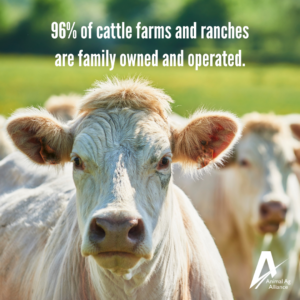
Did you know there are almost 900,000 cattle farms and ranches in the U.S.? Of these, 96% of these farms and ranches are family owned and operated! http://bit.ly/3TemWup
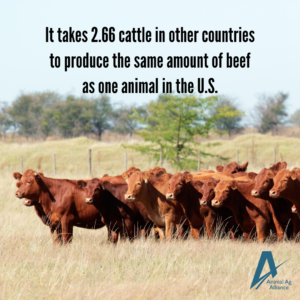
U.S. beef farmers and ranchers are leaders in sustainability and efficiency of beef production! In other countries, it takes 2.66 cattle to produce the same amount of beef as one animal in the U.S. http://bit.ly/2RQ89Kh

Did you know cattle provide important services to the environment? This includes ecosystem benefits like: mitigating the risk of wildfires, water regulation and purification on grazing lands, carbon sequestration, and providing wildlife habitat. http://bit.ly/2RQ89Kh

The National Beef Quality Assurance (BQA) program trains farmers and ranchers in safe and effective animal husbandry techniques, including things like low-stress animal handling. https://bit.ly/2GUqwJD
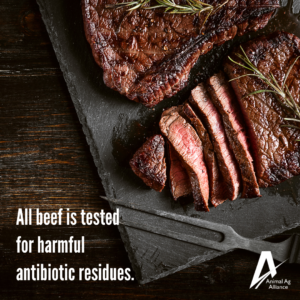
You won’t find any beef in the store that contains harmful antibiotic residues. All meat is tested for antibiotic residues before it reaches grocery store shelves! http://bit.ly/2V4OTXs
 Many cattle ranches implement water conservation and environmental efforts including conducting water quality tests, fencing off streams to protect fish habitat and waterways, and reusing water. https://bit.ly/3IxNpiE
Many cattle ranches implement water conservation and environmental efforts including conducting water quality tests, fencing off streams to protect fish habitat and waterways, and reusing water. https://bit.ly/3IxNpiE

Not only is the U.S. the world’s largest beef producer, it’s also the most environmentally-friendly! Each pound of beef is produced using 19% less feed, 33% less land, and 12% less water. https://bit.ly/3WFmXca

More than 85% of all U.S. beef comes from farmers and ranchers who adhere to National Beef Quality Assurance guidelines! https://bit.ly/3Hcoh0i
 Sustainability encompasses so much more than environmental impacts. Beef cattle farmers and ranchers are dedicated to sustainability efforts that prioritize the planet, people, animals, and progress. https://bit.ly/3Pj3r1T
Sustainability encompasses so much more than environmental impacts. Beef cattle farmers and ranchers are dedicated to sustainability efforts that prioritize the planet, people, animals, and progress. https://bit.ly/3Pj3r1T

Raising and producing beef has only become more sustainable over time! Continued sustainability efforts and improved resource use has allowed the beef community to do more with less. bit.ly/3ADMr05

Cattle farmers and ranchers are not only managing their herd, they also manage the land! Grazing cattle provide ecosystem services, including making use of pastures that are not suitable for growing crops. http://bit.ly/3ADMr05
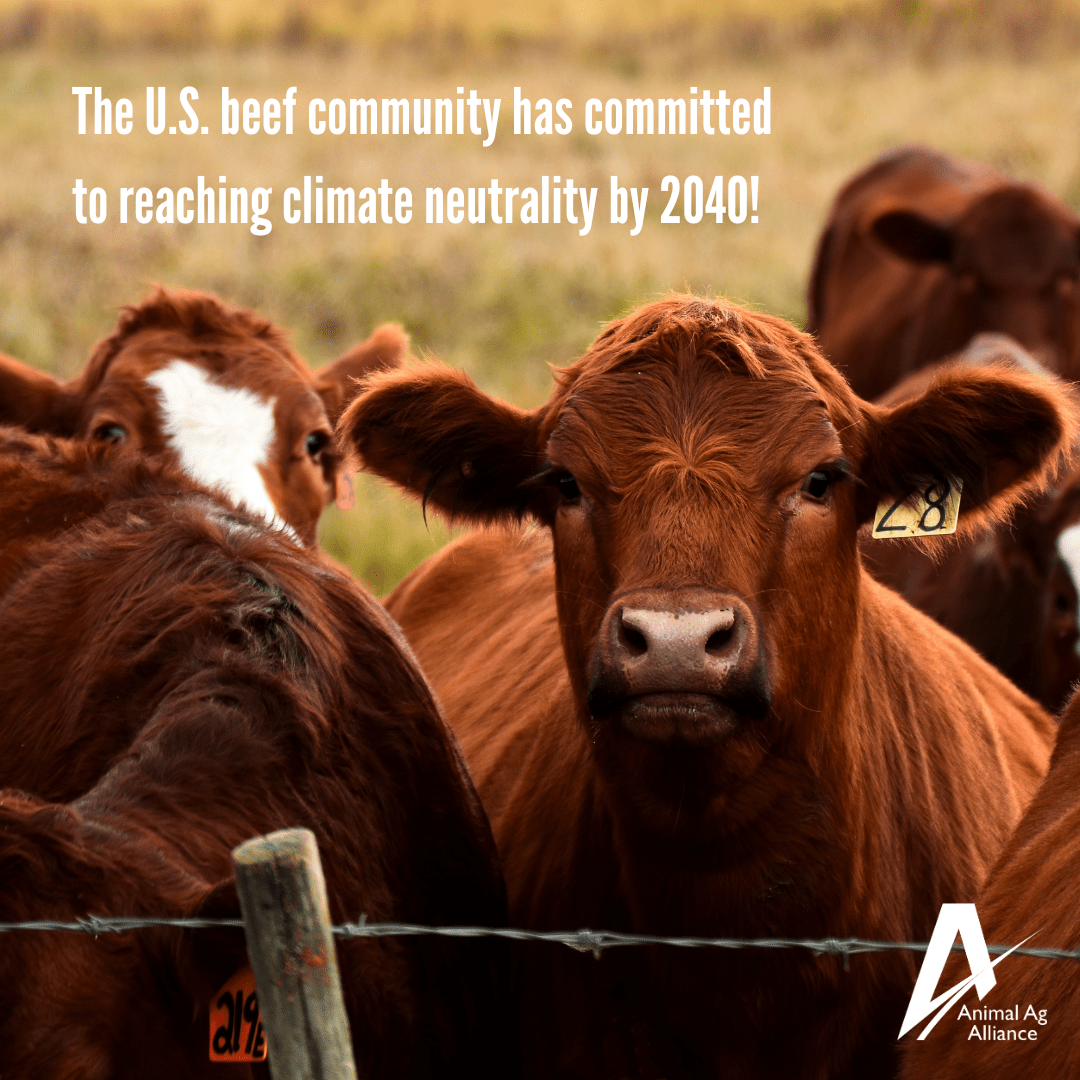
Beef farmers and ranchers in the U.S. are already global leaders in sustainable beef production. In 2021, Beef USA released several sustainability goals to further demonstrate the community’s dedication to continued improvement. bit.ly/3JfZwjM

All cattle spend the majority of their lives on pasture. In the feedlot, grain-finished cattle enjoy corn, by-products (such as distiller’s grains), vitamins, minerals, and forages too! https://bit.ly/3CMuldf
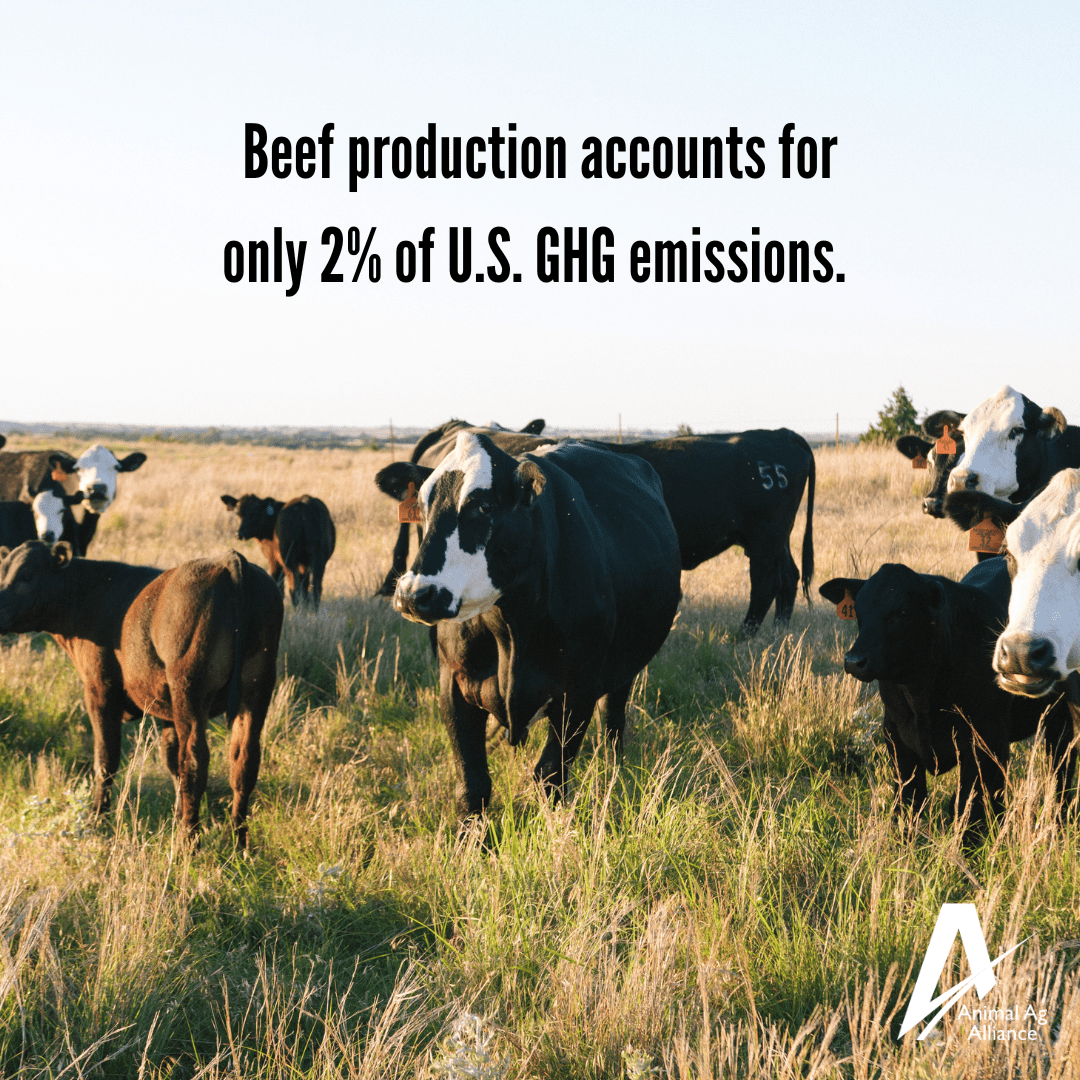
Raising beef cattle does contribute to GHG emissions but not as much as you might think due to the beef community’s unparalleled efficiency and dedication to stewardship! https://bit.ly/3w98mvT
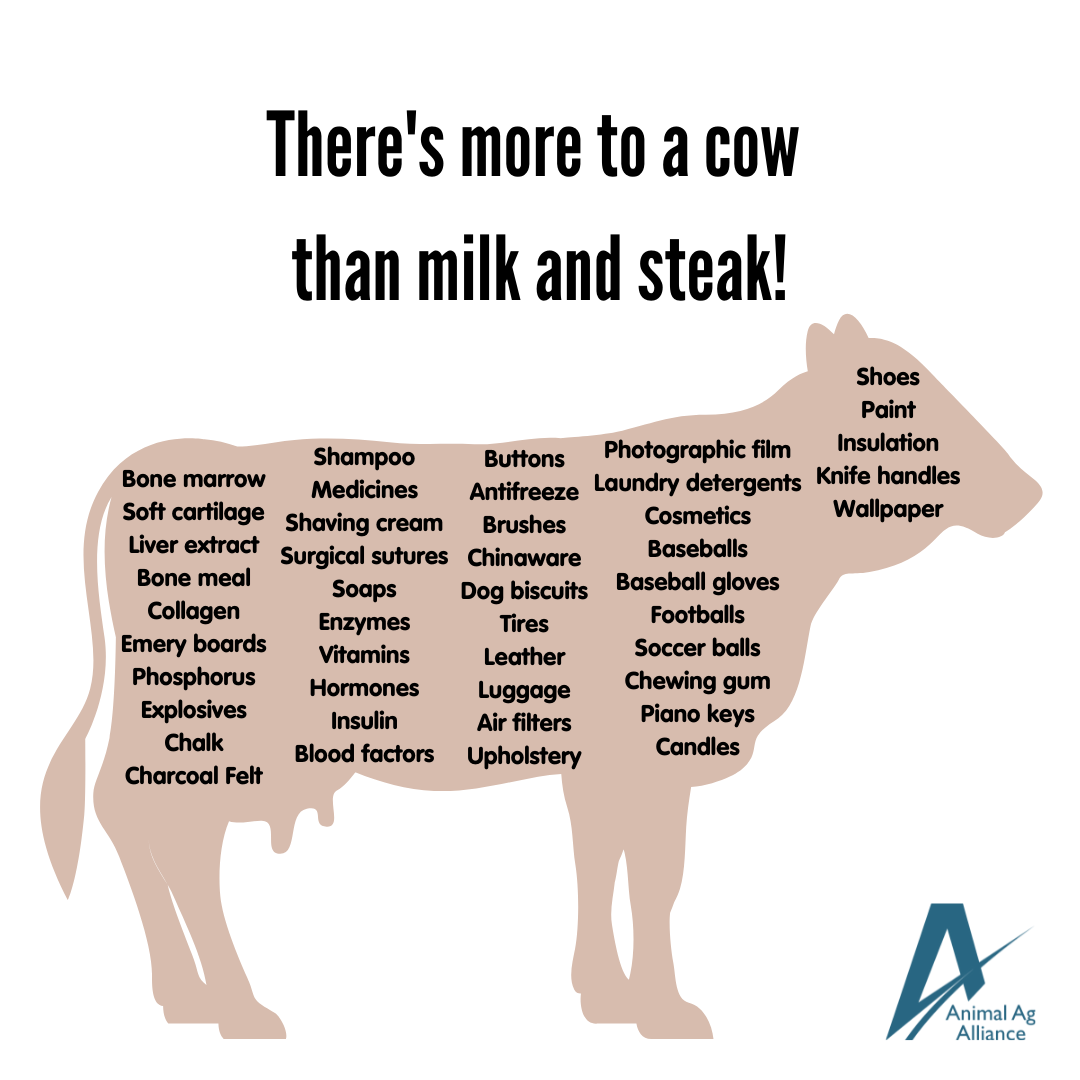
No part of the cow is wasted. Cows not only provide high-quality protein in the form of meat and milk, they also contribute important by-products to other industries! https://bit.ly/3CLEy8A
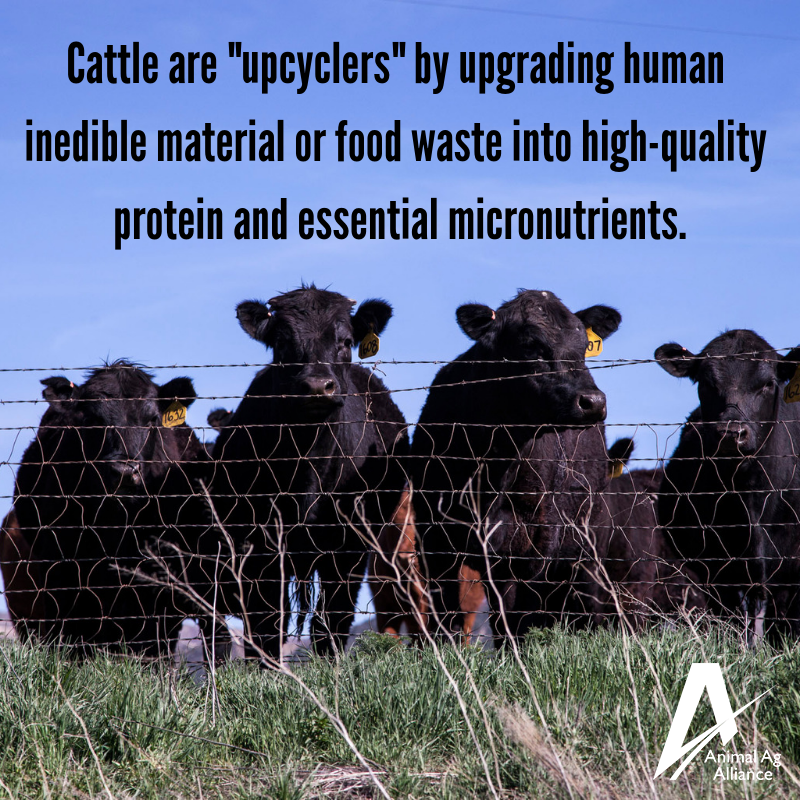
DYK: Cattle help with food waste by acting as “upcyclers” in our food system by upgrading human inedible material like almond hulls, carrot tops and grasses into nutrients they can digest! http://bit.ly/2EGhud2

Between 1977-2007, cattle ranchers produced each pound of beef using 19 percent less feed, 33 percent less land, 12 percent less water. https://bit.ly/2GT5QAe
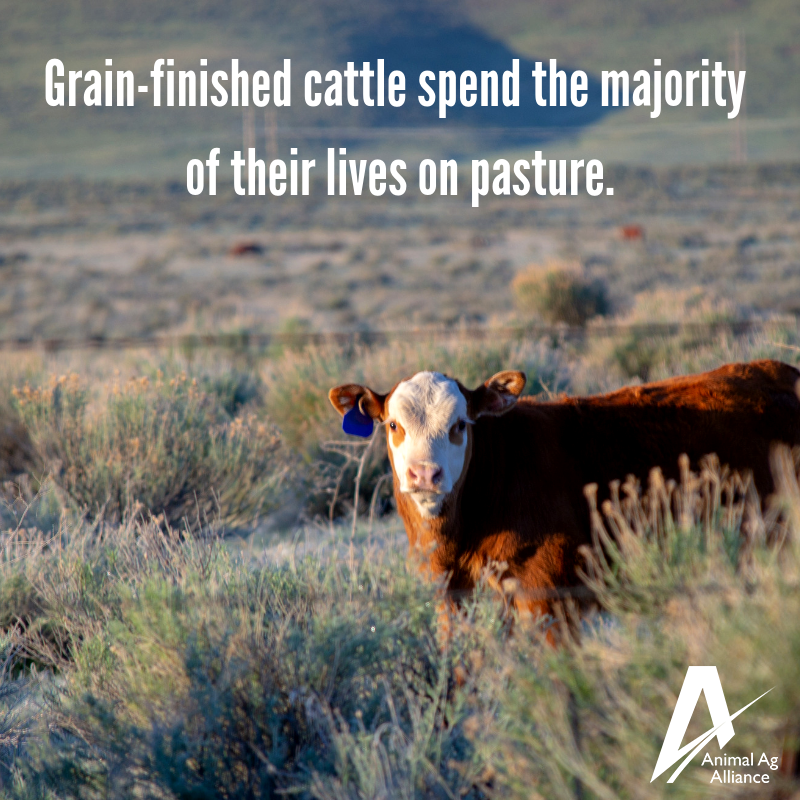
Regardless of whether cattle are grass or grain-finished, beef cattle in the U.S. spend the majority of their life grazing grass. https://bit.ly/3CMuldf
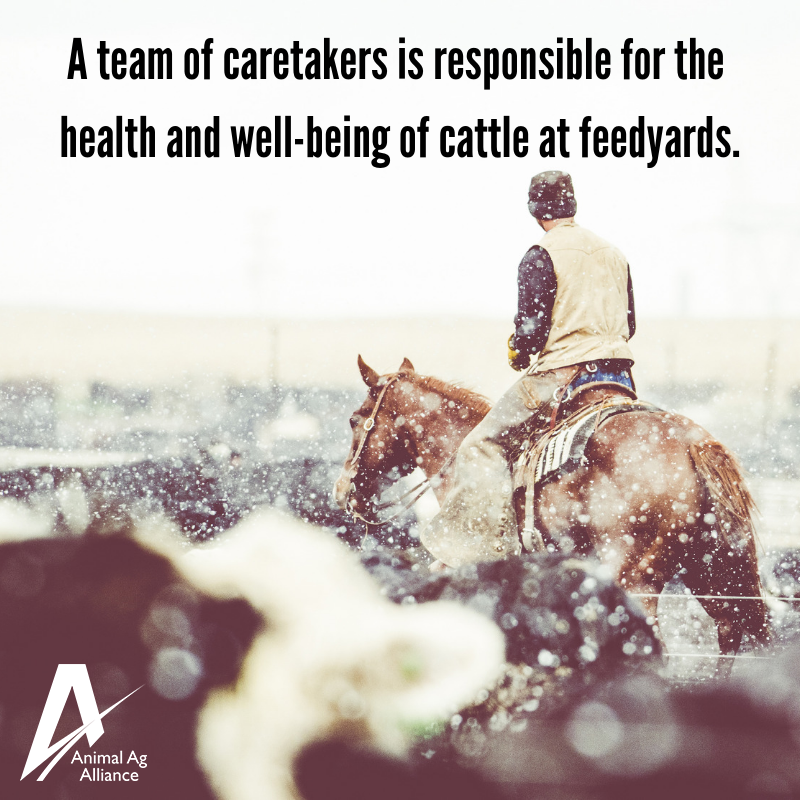
Pen riders check on cattle and make sure they get up and move around in feedyards. They work together with veterinarians and nutritionists to ensure cattle are comfortable and healthy! https://bit.ly/2z4LSOv

The carbon footprint per billion kilograms of beef produced in 2007 was reduced by 16.3% compared with equivalent beef production in 1977. Beef ranchers are committed to environmental stewardship! https://bit.ly/2GT5QAe

Mature cattle are often moved to feedlots. Here cattle typically spend 4 to 6 months. They are free to graze at feed bunks containing a carefully balanced diet made up of grasses and grains. Veterinarians, nutritionists and pen riders work together to provide individual care for each animal. https://bit.ly/2z4LSOv
Category: Social Media
Tag: Beef, Social Media,
